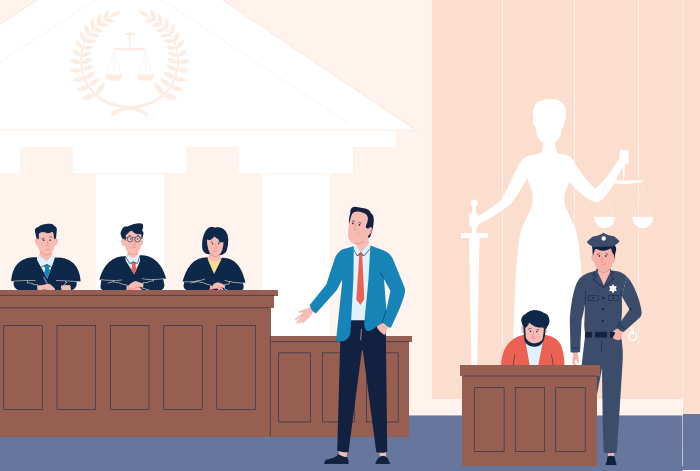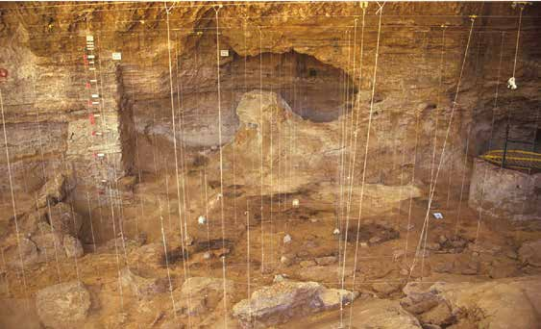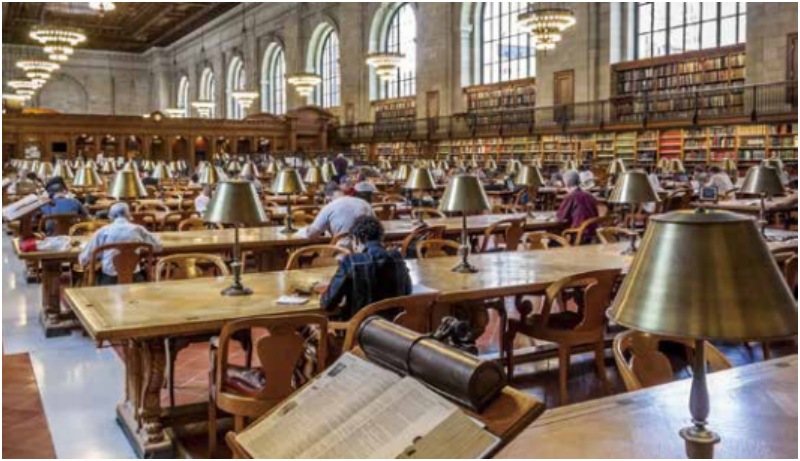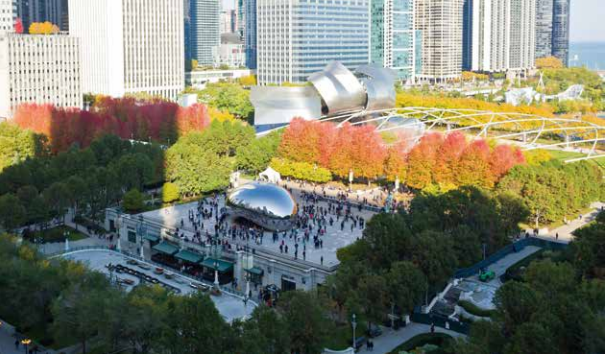When you think of a city, you probably think of busy streets and towering skyscrapers . But the city doesn’t just reach up into the sky. It also extends down below the earth. Hidden beneath buildings and roads, a complex network of wires and pipes brings residents electricity, water, and gas and also removes their waste. Underground tunnels house subway systems, storage rooms, or other structures. In many cities, space above ground is so precious and crowded that engineers are finding new, creative ways to use underground space. Singapore is one of those cities. Here, the underground is already used for many purposes, and the city government is looking into ways to build even more underground structures. “You can build up, but there is a limit,” said John Keung when he was CEO of Singapore’s Building and Construction Authority. “The only thing left is to go underground.”







